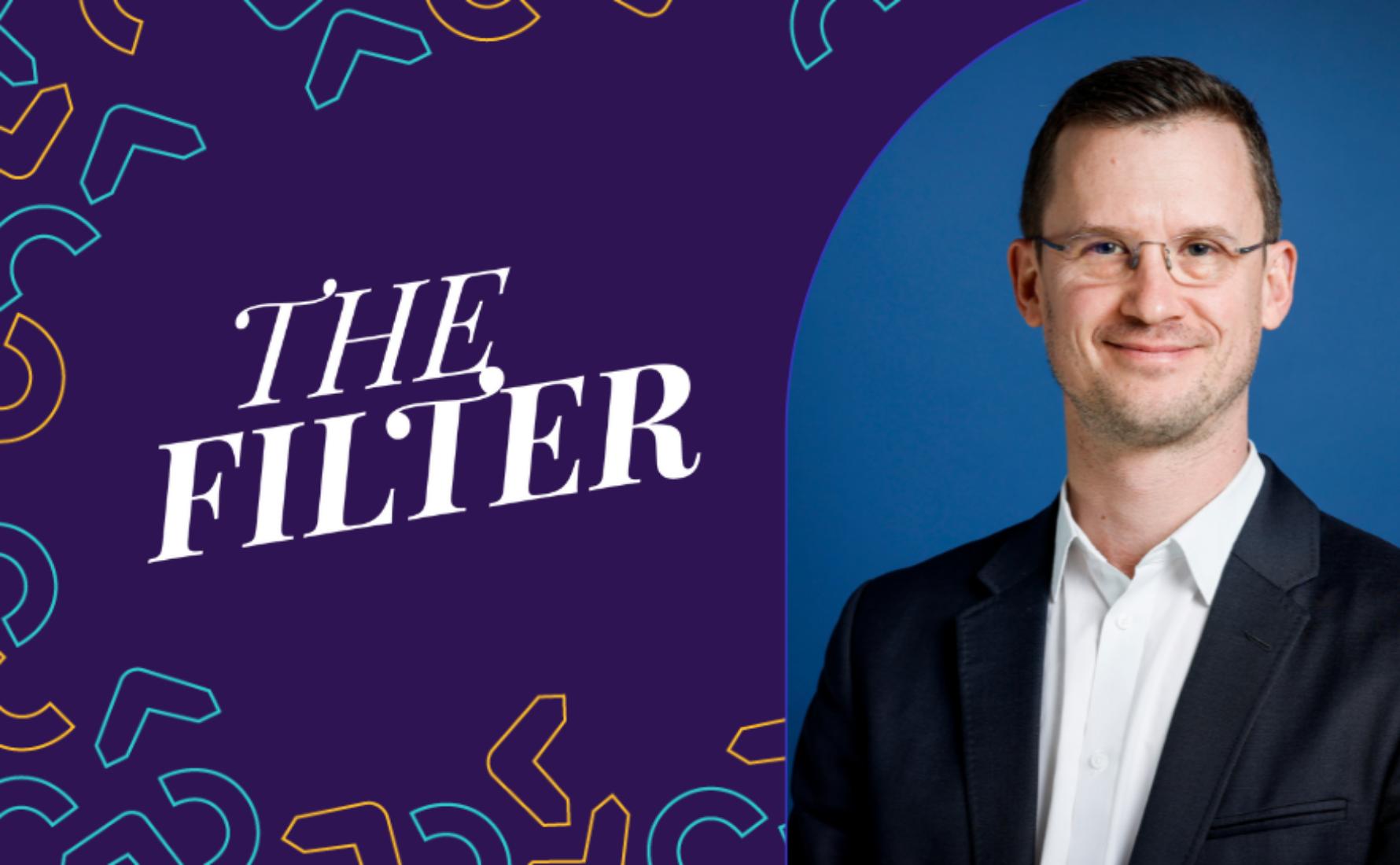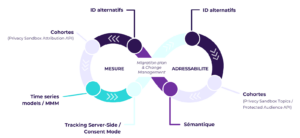Removal of Third-Party Cookies and Privacy Sandbox: The Great Blur

Sylvain DEFFAY, Senior Media Manager and digital marketing expert, shares with us the developments in decisions and impacts related to the removal of third-party cookies.
- Although the removal date of cookies by Chrome has been postponed again, it is important to anticipate the risks and opportunities at stake.
- The ad server: the great forgotten of the cookieless era.
- The value proposition of DSPs could change.
- It is important for advertisers to conduct a risk analysis.
- Why probabilistic measurement will become essential in our fields.
The Removal of Third-Party Cookies Postponed Again
As we write these lines, Google Chrome has once again delayed the removal of third-party cookies from its browser to early 2025. Chrome aims to give itself time to respond to the requests of its main stakeholders: regulatory authorities, the advertising industry, and developers.
There was indeed the IAB Tech Lab report in February, which expressed concerns about numerous use cases becoming unavailable due to the Privacy Sandbox, but it is the UK Competition Authority (CMA) that has the most influence on Chrome’s strategy. The CMA has been conducting an investigation(1) since 2021 into the potential impact of the Privacy Sandbox proposed by Chrome on competition in the advertising market. Its latest report, published on April 27, confirmed that doubts remained, and the results of tests published by Criteo on June 27 supported this view(2).
While the CMA is particularly concerned about a risk of self-preference within the Privacy Sandbox favoring Google Ad Manager (the ad server that allows publishers to schedule and monetize their digital ads), it is noteworthy that the CMA does not identify a similar risk on the demand side and the Google Marketing Platform suite(3) (dedicated to advertisers).
Indeed, these tools (like their respective competitors) are built on third-party cookies and will be negatively impacted to a greater extent given their dominance in the market. Thus, the AdServer Campaign Manager will be deprived of numerous measurement signals. The same goes for the DSP DV360 and its targeting capabilities.
Furthermore, the risk of concentration of investments on Google platforms is not raised. Other powerful competitors are already on the market (including Meta, TikTok, Amazon, Retail Media Networks, and TV networks), and environments that no longer support third-party cookies already exist (such as connected TV and the Safari and Firefox browsers).
While waiting for the continuation of tests conducted by the CMA, we remind stakeholders that it is important to anticipate the changes that this new cookie-less era will generate.
For Advertisers, the Business Impacts Are Numerous: Measurement and Addressability Are the Two Key Challenges
- Measurement of Coverage and Performance
In the context of display and video campaigns, ad servers will be significantly impacted by the removal of third-party cookies. There are not many ad servers left on the market, and few advertisers are directly exposed to them, as they are primarily tools used by their agencies (even if some have contracted the solution). However, it is the backbone of digital campaigns for all major advertisers: it hosts creatives (banners, videos, audio) and centralizes clicks and impressions from numerous channels (direct display or programmatic, SEA, social, affiliate, etc.). It is where conversions are consolidated, attributed, and where coverage and frequency are measured. It is the keystone of many advertiser dashboards.
The absence of third-party cookies implies a loss of deduplicated coverage and frequency measurement, which is fundamental. It will also hinder the reading of post-impression conversions, which, while debatable, can be relevant when well-calibrated and utilized in bidding tools. (How can an algorithm work with only a few conversions per day?)
The GMP teams are working to substitute these functions via the Privacy Sandbox APIs, but their effectiveness remains to be proven. It is becoming urgent to focus on statistical measurement methods such as time series models or Marketing Mix Modeling (MMM), which can be used at very granular levels.
- Addressability
The added value of a DSP will also be largely called into question. Historically designed for bidding processes and audience targeting, the DSP is likely to transform into a purchase console for guaranteed deals (direct deals) and billing clearing. While this is not problematic in itself, with a decreased value proposition, we can expect pricing to decrease as well.
We believe that in the long term, DSPs may effectively align with the historical (and visionary?) position of AdForm, which merged ad server and DSP into a single tool. The entire display and video market, whether in operated programmatic or through agencies and networks, will be impacted, but DV360, as the market leader(4), will be scrutinized much more closely.
The positions are quite polarized:
While DV360 will obviously support the Privacy Sandbox APIs, it will likely not do so for cross-publisher alternative IDs. (Single-publisher solutions are already available in DV360 for site-by-site capping – see PAIR, EPID. We can also expect server-side exchanges in the future, but always on a single-publisher basis).
The DSP The Trade Desk, which supports the EUID advertising identifier, will likely do the opposite by supporting cross-publisher alternative IDs rather than Chrome’s Privacy Sandbox.
Thus, we anticipate a reshuffling of market shares in the medium term.
- In six months (perhaps) until the major disruption, anticipate the upcoming transformations.
For advertisers who have not yet done so, it is crucial to urgently conduct a detailed risk analysis. What portion of the media mix is at risk, and what impact will this have on business results?
At Converteo, we have implemented a risk analysis program regarding the post-cookie migration across 37 themes. Following this analysis, it is possible to prepare a systematic mitigation plan and to document as many insights as possible to prepare for a post-cookie environment.
To achieve this, we actively monitor the mitigation strategies being developed in the market.

Enfin, une fois les objectifs définis, et les ressources nécessaires sécurisées, il est primordial d’ordonner et cadencer le plan de mitigation, avec une méthode de gestion de projet et d’accompagnement au changement adaptée à chaque entreprise.
Sources :
(1) https://www.gov.uk/cma-cases/investigation-into-googles-privacy-sandbox-browser-changes
(3) le stack Google Marketing Platform (GMP) comprend Display & Video 360, Campaign Manager 360, Search Ads 360 pour les annonceurs, ou Google Ad Manager pour les éditeurs

